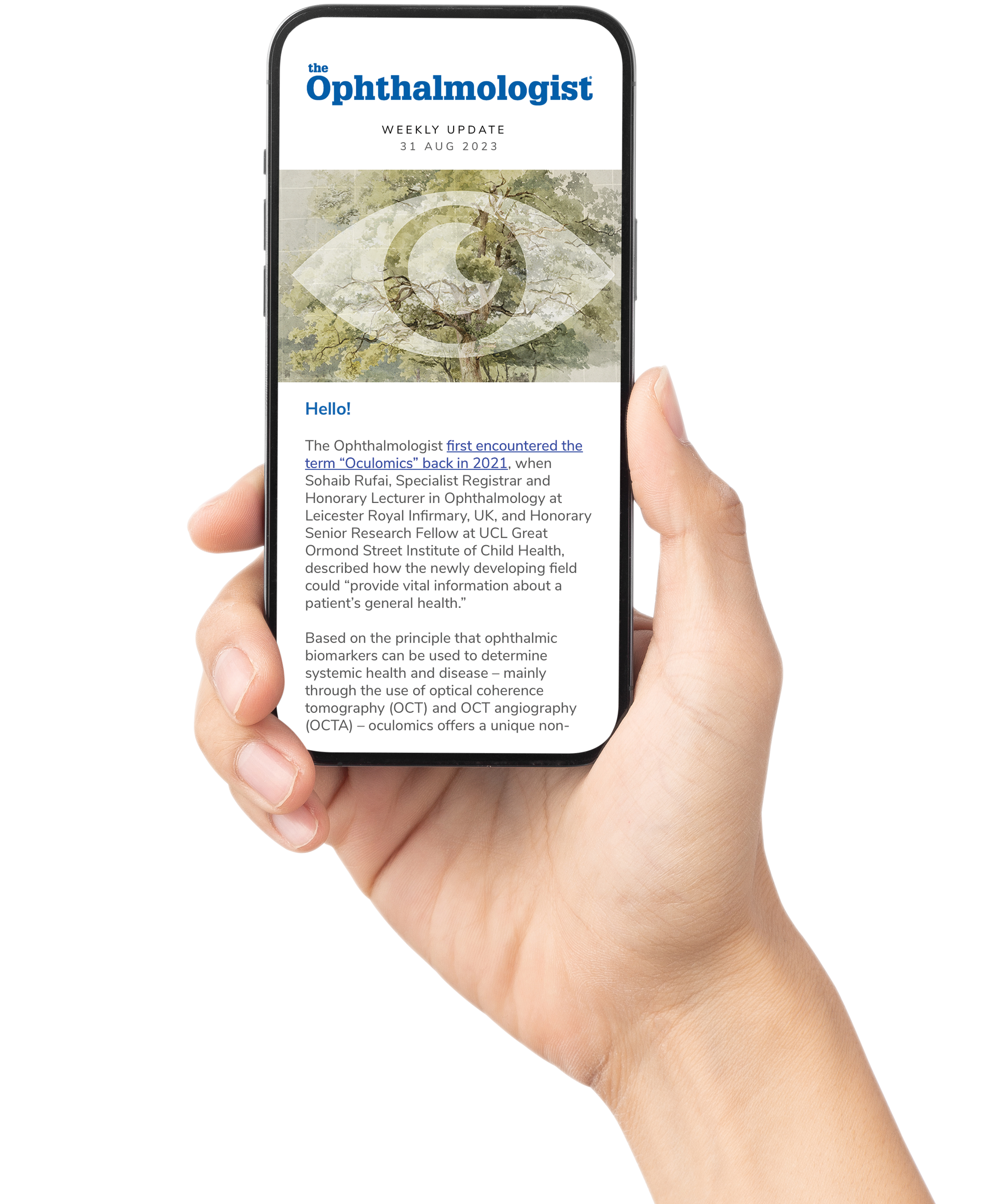A large-scale American Journal of Ophthalmology study has offered the most comprehensive overview to date on the incidence and prevalence of inherited retinal diseases (IRDs) in the US.
Between 2016 and 2023, the overall prevalence of IRDs in the US nearly doubled – from 58 to 106 per 100,000 persons. This 1.84-fold rise was complemented by a significant 24% increase in annual incidence over the same period. Rather than an increase in IRDs, the findings strongly indicate that improved diagnostics – likely driven by greater availability of next-generation sequencing (NGS) and heightened clinical trial activity requiring genetically confirmed diagnoses – are responsible for these figures.

Retinitis pigmentosa (RP) remains the most prevalent IRD, with a 2023 rate of 39.3 per 100,000. In contrast, rarer conditions such as achromatopsia, choroideremia, and congenital stationary night blindness showed subtler but upward trends.
Leveraging data from over 117 million de-identified electronic health records (EHRs) via the TriNetX platform, the study provides epidemiological trends and examinations of disparities by race, sex, and age.
A striking pattern of racial stratification emerges: white patients were consistently more likely to receive an IRD diagnosis compared to Black and Hispanic patients across all studied conditions. For example, whites had 1.25 times the odds of an IRD diagnosis compared to Black individuals, and 1.37 times that of Hispanic individuals. These disparities may reflect a combination of allele frequency differences, systemic inequities in access to care, and limitations in the diagnostic utility of gene panels underrepresenting non-European ancestries.
The pivotal nationwide analysis underscores the pressing need to broaden inclusion in genetic research and improve access to specialized ophthalmic services for underrepresented populations. As gene and gene-agnostic therapies proliferate, real-world epidemiological data such as these will be vital in guiding treatment strategies and trial recruitment to ensure equitable care for all patients with inherited retinal diseases.
